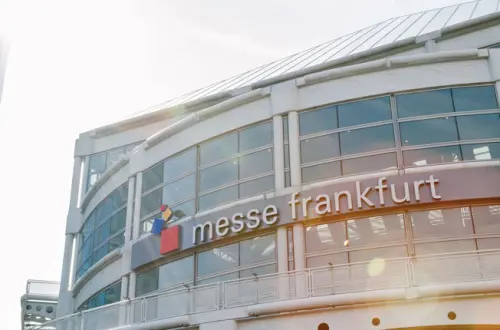How to Extend the Benefits of a Trade Show in 5 Easy Steps
There’s no denying that trade events are the best strategy to develop a business, especially when a company has the ambition to grow out of its geographical confines. You will meet people, make a good impression and negotiate some new deals. That’s the usual outcome and the tangible benefits of attending a trade fair fade fast. It’s a brief period of excitement and potential that ends as soon as you’re back home, but it doesn’t have to be the case. Will you be surprised to hear that this is a chief reason why companies travel frequently to as many effects as possible
Not every company has the ability to incorporate more than one of two trade shows in their annual marketing plan, whether it’s because of budget, time or personnel constraints. Precisely the reason we want to highlight ways to squeeze as much benefit from a single event as possible.
Implement a Trade Show Marketing Budget Right
Yes, the outcome of a trade show is determined first and foremost by your level of planning and it all comes down to how you spend money on your trade show. We have seen companies that say they go for a very specific purpose to a trade show, but their spending does not reflect this goal. In short, there’s little reason and strategy to how the marketing budget is allocated.
Do you want to introduce a product to as many visitors as possible Then your efforts should go into advertising your booth. If your mission is to mainly scout the competition, then you don’t need a stand or other promotional materials apart from business cards. Your budget is determined by where you’re going and what you’re going to do there. Do not fall into the trap of thinking ‘I’ll pay for this and this and this just in case’.
Meet as Many People as You Can
It’s the first rule of going to trade fairs. You have to put your brand’s name out there and since you are the brand ambassador, it’s your job to meet as many people as possible. We don’t just mean the buyers, but also other exhibitors, experts, influencers, journalists and organizers of the event. It’s important to be known at every single level – and while that may not directly support a specific goal, it’s valuable work to receive recognition in the long run.
Speak to as Many People as You Can
Seems a bit like we’re repeating ourselves, but there’s a fine line of distinction between meeting and speaking to people. Meeting can be as short as a passing introduction to create familiarity. It’s all about quantity so you make yourself and your company known. Speaking is about quality. It’s about holding engaging conversations (not always focusing on a sales pitch – there is time and the right circumstances to sell) and foster a personal connection. A contact made this way is a resource that can be used at a later date.
Arrive at the Venue First
Not many will be surprised to hear that the early bird gets the lucrative business deal. It’s proven that when introduced to a great deal many people a person is most likely to remember the first and the last few people they get to meet. While you can’t control whether you’ll be the last person your target audience will meet, you can certainly ensure you’re the first. Arrive first. Set up your stand early. Attend the event days slightly before the programming starts, so that when others begin to fill up the space, you’re one of the first faces to see. You won’t compete for attention this way and you get many more organic interactions this way.
Plan for Mistakes Ahead of Time
Whatever can go wrong during a trade show, will mostly go wrong. Remember this! Not all at the same time, we hope, but it’s going to at some point or another. It’s why you should plan for when mistakes happen. Think of what you don’t want to deal with – lost documents, late shipments, any delays in flights, technical difficulties at your stand and yes, even sick staff. Then you sit down a good deal before you have to fly off and you plan accordingly. By creating contingency plans and instructing your team on how to handle every situation, you save valuable time when things do go wrong and can continue to work towards your mission.









